Understanding Offsides in Soccer
Diving into the heart of soccer strategies, offsides hold a pivotal role; it's a dynamic rulescape that can often dictate the flow and outcome of the match. Providing crucial insights into the intricacies of offsides, this guide aims to dissect its concept, tackling both its complexity and nuances.
Mastering offsides can significantly shape the dynamics of a soccer match, empowering coaches with an added strategic leverage in their gameplay.
Demystifying the often enigmatic rule of offsides, this comprehensive guide serves as an authoritative resource for coaches. Empower your training arsenal with a better understanding of offsides, laying a solid groundwork for introducing strategic layers to your team's gameplay.
What is Offside?
While commonly mistaken as a mere position, the offside rule in soccer extends well beyond. Adhering to fundamental principles, it's a defensive strategy restricting the attacking team's space and maneuverability.
A rudimentary understanding of 'offside' in soccer starts with recognizing it as an infringement. Essentially, it's a breach of an engaging but demanding field rule.
Imagine a scenario. The ball lies closer to the opponents’ goal line than both the player involved and the second to last opponents’ member. That’s 'offside'. A lurking threat to a fair game.
It's important to remember though, offside in soccer isn't based on a player’s physical one-on-one position against any footballer. Instead, it's contingent on the proximity to the opponents' goal line.
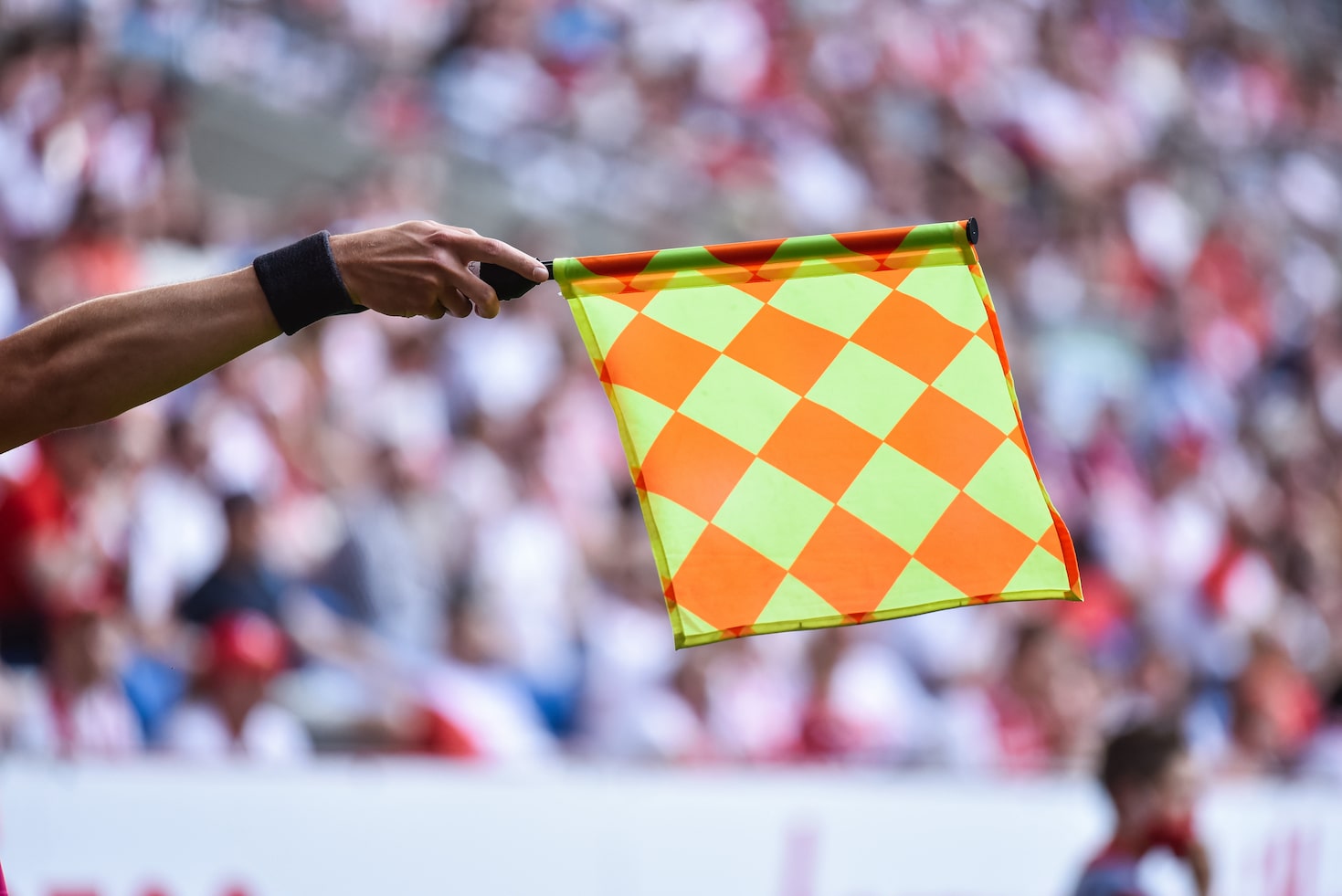
To put it in perspective, if a player is nearer to the opponents' goal line with less than two opponents’ players occupying the space between, they're likely in an offside position. An erudite yet simple rule that plays a seminal role in the dynamics of the beautiful game.
Offside Rule in Soccer
A player is considered offside in soccer when they are nearer to the opponent's goal line than both the ball and the second-to-last opponent when the ball is played to them. It is important to mention that this only applies in the opponent's half of the pitch.
This rule, however, has complexities. The position of the player at the moment their teammate touches the ball is crucial, rather than their location when receiving the pass.
Moreover, being in an offside position in itself does not constitute an offence. It only becomes an offence when, while in this position, the player becomes involved in active play by interfering with an opponent or gaining an advantage.
Remember, it's not an offence if the player receives the ball directly from a goal kick, corner kick or throw-in despite being in an offside position. The offside rule is indeed complex, requiring keen understanding.
Offside Position
Ensuring players understand the crucial aspect of offsides in soccer is a key coaching responsibility. Highlight the importance of body position, eye on the ball, and observing the second-last defender. These aspects can largely influence whether a player is in an offside position.
When teaching offsides position, grab the opportunity to demonstrate it as visually as possible. Use real-life examples, diagrams, videos, or even set up a mock play scenario on the field. This way you're emphasizing the mechanics of determining an offside position in soccer effectively.
Definition of Offside Position
In technical terms, a player is in an offside position in soccer if they're closer to the opponent's goal line than both the ball and the second last opponent, when the ball is played to them, this includes the head and feet but not hands and arms. This rule, however, only comes into play when they're involved in active play.
The offside position sets standards in soccer by maintaining the fairness and challenge of the game. A player simply being in an offside position isn't penalized unless they're considered actively involved in play - interfering with an opponent or gaining an advantage from the position.
Factors that determine an offside position include the player's position in relation to the ball and the second last opposition player at the time the ball is played. Goalkeepers are often the last line of defense, but they're not always the determining factor for offside positioning.
Offside Position vs Offside
The subtle differences between an offside position and an offside infraction can make a huge impact on your soccer coaching strategy. Commonly, a soccer player can be positioned in offside, yet not commit an offside fault. Knowing these differences can determine the success or failure of your game plan.
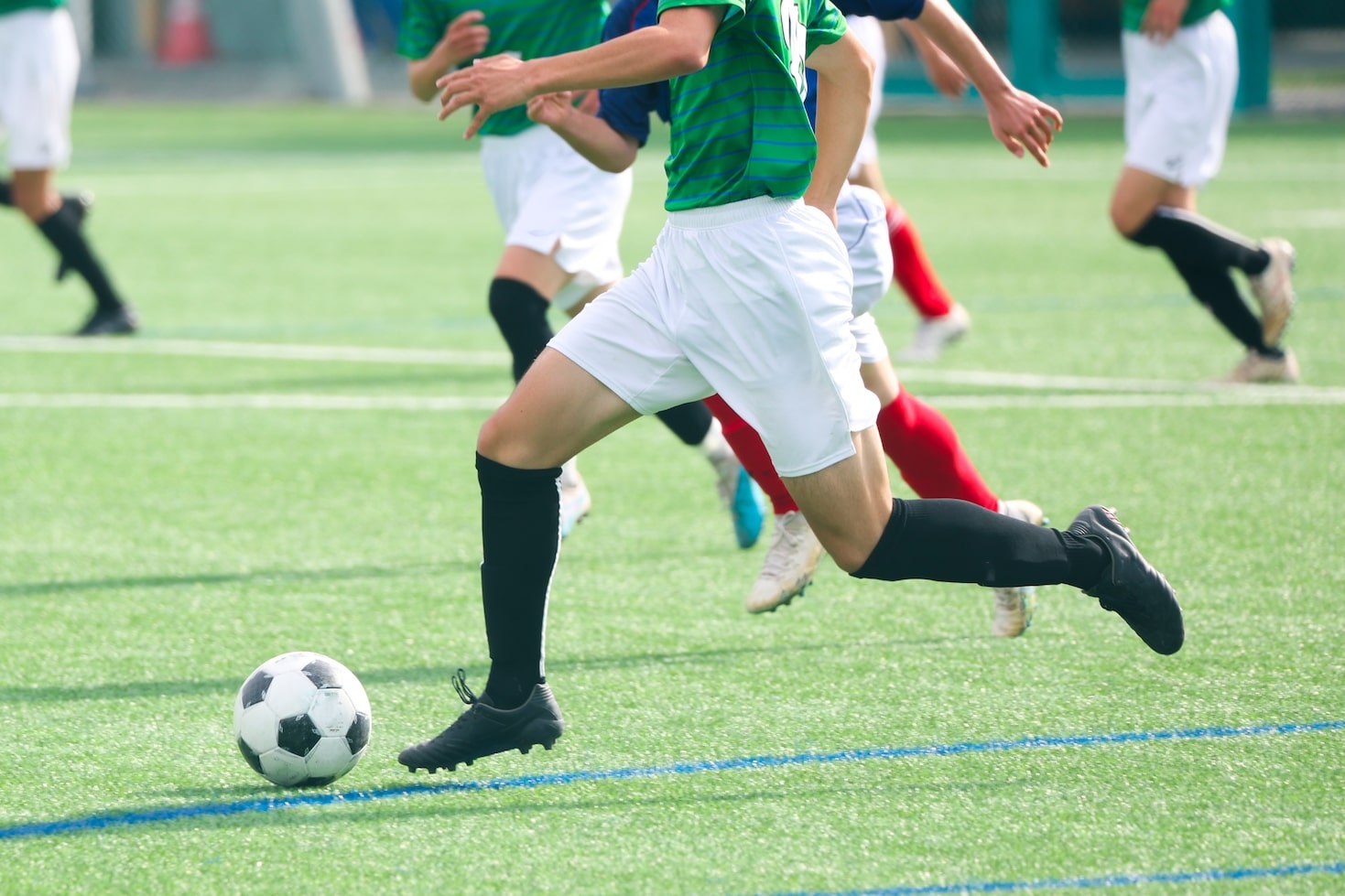
Understanding offside position is step one. An offside position refers to the player's stance when the ball is played, typically being nearer to the opponent's goal line, past the halfway line, than both the second-last opponent and the ball. The offside position itself isn't penalized unless the player gets involved in the active play, thereby committing an offside infraction.
Offside infraction, on the other hand, takes place when a player uses this offside position to gain an unfair advantage over the opponent. If a player in offside position interferes with play, interferes with an opponent, or gains an advantage, then they've committed an offside infraction.
Acknowledging these integral facets in soccer will empower your coaching. Understand these nuances, differentiate that mere offside position does not necessarily mean an offside infraction, and equip your team with an improved understanding of the offside regulations to enhance their performance on the pitch.
Determining Offside
Expert Analysis: Essential Factors for Determining Offside in Soccer. Offside decision, tough yet crucial, relies principally on three components – the positioning of players when the pass is played, the involvement of the player in active play, and exceptions based on game's rule set.
Decoding the Offside Rule: A Comprehensive Approach to Determine an Offside. For flawlessly determining an offside, it's essential to acknowledge the play dynamics like positioning of players, actions influencing the ongoing match, and exception scenarios such as passes from goal, corner kicks or throw-ins.
Assistant Referee's Role in Offside Calls
The assistant referee's role in offside calls cannot be overstated. Stationed along the sidelines and watching the game from a different angle, they are crucial in enforcing the offside rule.
Their vantage point gives them a clear view of the offside line and its relationship to the players, as they tread the line of strategic positioning and rules compliance.
Their split-second decision influences the game profoundly, providing a judgement that can change a score or impact the overall match dynamics.
Their major responsibility centers on ensuring fairness in gameplay. The assistant referees meticulously watch player positions in relation to the ball and the second-last opponent.
To become an effective assistant referee, an understanding of the intricacies of the offside rule is paramount, in addition to an ability to maintain focus throughout a match. Their role is integral to the game, enforcing fair-play and upholding the spirit of soccer.
Timing of the Pass in Offside Calls
In offside decisions, understanding the precise moment the ball is played is crucial. This exact moment is key in determining whether a player is positioned offside or not at the time of the pass.
Perfect timing is a critical skill for both the player making the pass and the one receiving it. It requires the receiver to anticipate when the ball will be played and adjust their position accordingly, avoiding offside.
Incorrect timing can lead to oft-repeated offside calls, hindering the team's offensive momentum during the match. Such sequences can cause frustration among players, affecting their performance and teamwork.
As a coach, your responsibility extends to mastering the offside rule, especially the timing of the pass. This knowledge enables you to refine your team's strategy and enhances their on-field coordination.
In conclusion, both the passer and the receiver's timing must align perfectly to avoid an offside call. Therefore, improving understanding and practising this aspect can significantly impact your team's attack efficiency.
Receiving the Ball from a Goal Kick or Throw-in
Advanced outskirt tactics in soccer play a critical role, particularly during goal kicks and throw-ins. Sharp understanding of the offside rule can give a team an upper hand over the opponents.
Analysing the offside rule during these play restarts is vital. A thorough understanding can enable players to leverage such opportunities optimally, thus changing the course of the game.
Receiving the ball during a goal kick or throw-in, interestingly, provides a unique instance where the offside rule does not apply. These moments can be turned into scoring chances if used strategically.
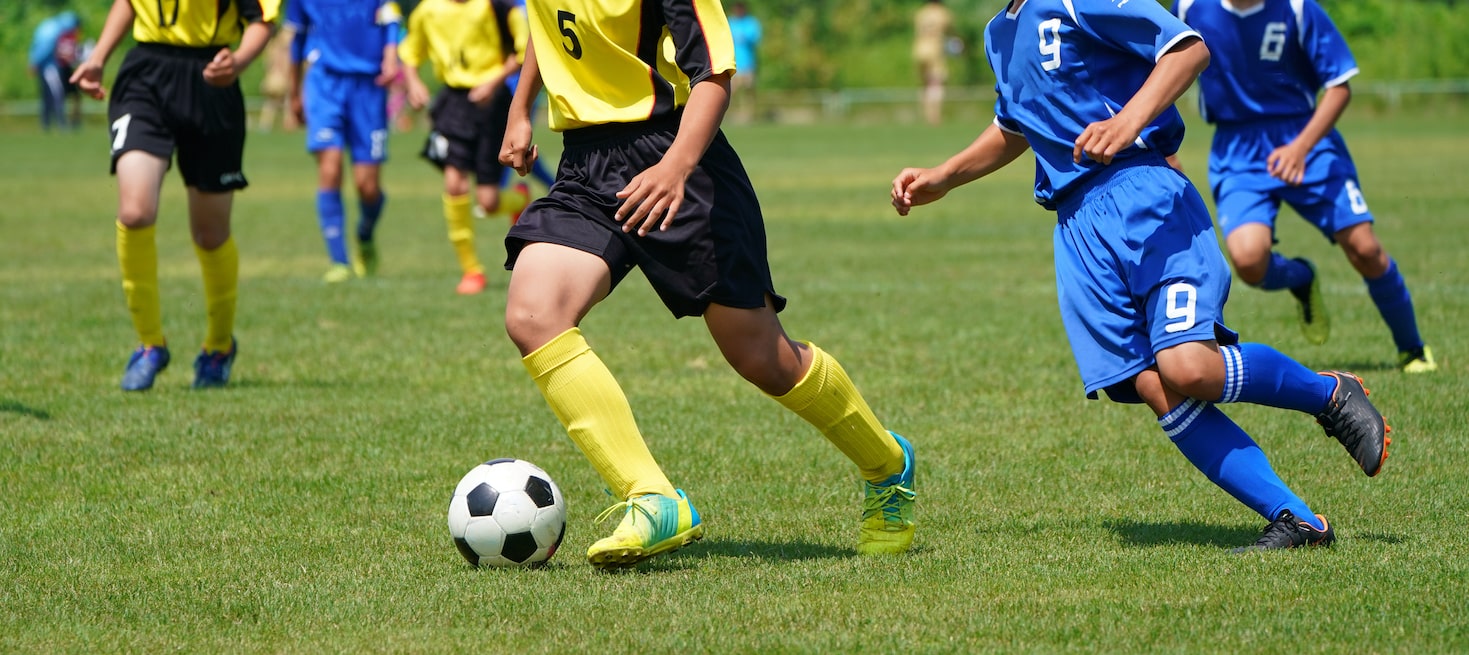
A footballer is allowed to receive the ball closer to the opponent's goal line than the ball and the second last opponent during goal kicks and throw-ins. This exception to the offside rule can create unique and unanticipated scoring opportunities.
Coaches and professionals should capitalize on these insights, using them to develop varied strategies. This rule exemption during goal kicks and throw-ins can be a game-changer, opening a window for further creative attacking plays.
Exceptions to Offside Rule
Shedding light on the intricacies of soccer offsides, one cannot ignore the special case scenarios. These exceptions prove the rule, significantly impacting game dynamics.
However, situations exempting the offside rule can cause a knot in the minds of the players and even seasoned professionals. Understanding each instance clearly, thus becomes crucial.
Pass Back or Deliberate Play by a Defender
Defender's deliberate play significantly impacts the offside rule’s application. Ultimately, it's not about where the attacking player is when they receive the ball, but more about where they were when the ball was played.
Pass-back presents an interesting exception to the offside rule. When a defender deliberately plays the ball to the attacker, barring two cases - a save or a deliberate play of a rebound or deflection, offside cannot be called.
Thus, in a scenario where an attacker may seem offside, they might not be penalized if a defender carries out a pass back or a deliberate play. All these nuances make understanding offsides more complex yet intriguing.
Receiving the Ball from a Corner Kick
When it comes to corner kicks, the offside rule stands exempt. This exception is in place because the ball is already out of play, making the traditional offside parameters non-applicable.
A player receiving the ball directly from a corner kick can't be penalised for offside. This offers teams a strategic advantage when planning set pieces, providing more flexibility in positioning their players.
Navigating exceptions like corner kicks is crucial for coaches and players. Understanding the intricacies of these rules can open up new tactical options during such set plays.
Getting the ball from a corner kick without violating the offside rule can change the game's tide. Thus, it becomes imperative for coaches to incorporate these techniques in their training sessions, helping players make use of such allowances effectively.
Receiving the Ball from a Goal Kick or Throw-in
An important exception to remember during matches that enables fluid gameplay is when the ball is being received from a goal kick or throw-in. Even though a player might seem 'offside', no penalty will be awarded. Coaches need to ensure players understand this specific amendment to avoid confusion.
In soccer strategy, receiving the ball from a goal kick or throw-in without being penalized for offside adds a tactical edge. Coaches should emphasize this rule during training, motivating players to exploit such legal bends in offside rules to their advantage.
Offside Drills for Soccer Training
In transforming your soccer training, effective offside drills are crucial. They build on speed, decision-making skills, and strategy, preparing your team for competitive games.
To integrate offside drills into your soccer coaching, we're providing a step-by-step guide. It ranges from simple offside positional understanding drills to complex real-game situation ones. Suitable for diverse team expertise levels, it aims to enhance your squad's offside strategy.
Drill 1: Offside Trap Practice
Integrating the offside trap into soccer training can bring about powerful improvements in a team's defensive strategy. Here we introduce the first drill, focusing on implementing a proficient offside trap.
- Explain the purpose and structure of the drill: Convey its aim to improve players' understanding and execution of offside traps
- Instruct players to form two lines: Have an attacking line and a defensive line
- Practice timing and communication: Encourage players on the defensive line to move in unison, calling 'stepping up' when running forward
- Train the attacking line to monitor the last defender and try to stay onside: The aim here is to mirror the movements of the defensive line without crossing offside
- Rotate positions: After a few rounds, have players switch roles to understand both sides of the offside trap
- Critique and correct errors: After each round, note errors, and give feedback on how to improve timing and communication for both lines
Drill 2: Offside Awareness and Timing Drill
Creating astute players is at the very core of mastering offside strategies, and this can be effectively achieved with the help of the 'Offside Awareness and Timing Drill'. This drill fundamentally develops a player's understanding and response to the offside rule, in real-time match scenarios.
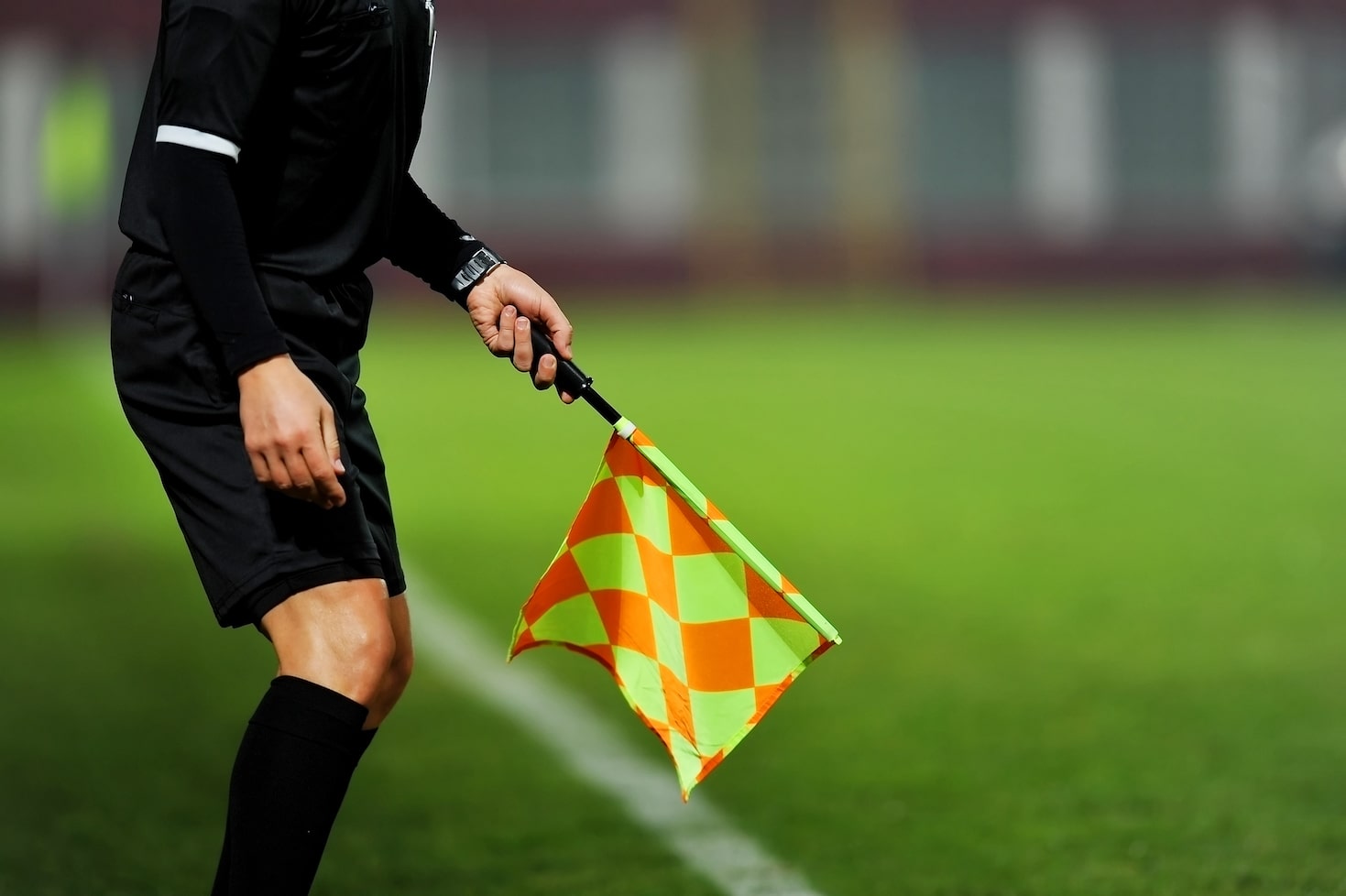
- Understanding offside dynamics: Working on this drill enhances both understanding and response to changing dynamics of the game, crucial for improved offside awareness.
- Timing is of the essence: It's not always about speed; this drill helps players appreciate the importance of timing, positioning, and patience.
- Barring premature runs: It encourages avoiding premature offensive runs that may result in offside.
- Improving defense: On the flip side, it aids defenders in getting the timing right for stepping up to play the offside.
- Appreciating risk and reward: This drill gets players used to the risk-vs-reward scenario that is inherent to the offside trap.
Drill 3: Offside Recovery Drill
The Offside Recovery Drill is a crucial exercise helping players bounce back from offside mistakes. It develops resilience and fosters a thorough understanding of the offside rule by mapping the route to recovery.
- Identify the pre-requisites of the drill: Ensure all players have a clear understanding of the offside rule.
- Initiate the drill: Divide the team into two groups - attackers and defenders.
- Get into action: Defenders pass the ball among each other while attackers try to intercept without going offside.
- Perform recovery actions: When an attacker goes offside, they must rush back to an onside position before rejoining the play.
- Incorporate variations: Adjust the size of your playing area or number of ball exchanges between defenders to increase difficulty.
- Key for coaches: Always emphasize on the importance of quick recovery after committing an offside error.
Coaching Tips for Offside
In the arena of soccer coaching, understanding and teaching offsides significantly impacts your team's defensive and offensive play. Tailoring your coaching approach with handpicked tips to master offsides can elevate your team's performance.
Laying solid groundwork in offside training is a mandate for every soccer coach. From drilling the offside law into your team's strategy to refining their timing understanding, these essential tips can help fine-tune their offside game.
- Kick start your offside training with an overview of the rule, explaining it in a simplified manner to ensure comprehension.
- Focus on the timing of the pass during drills to help players understand the intricacies of staying onside.
- Utilize game-like scenarios during training sessions to practice the offside trap.
- Calling offsides during scrimmages is a great practice to get players accustomed to this rule.
- Incorporate offside awareness drills in training that enhance a player's perception of their position on the field.
- Ensure regular interaction with the assistant referees to keep the offside calls accurate.
- Involve recovery drills in training sessions, simulating situations when players need to return to an onside position quickly after being caught offside.


Improve Your GameJust 1.99 p/m
Exclusive drills and sessions, get involved today!
- 100’s of Drills
- Coach to Camera Videos
- Sessions from Pro’s
- Industry Leading Advice
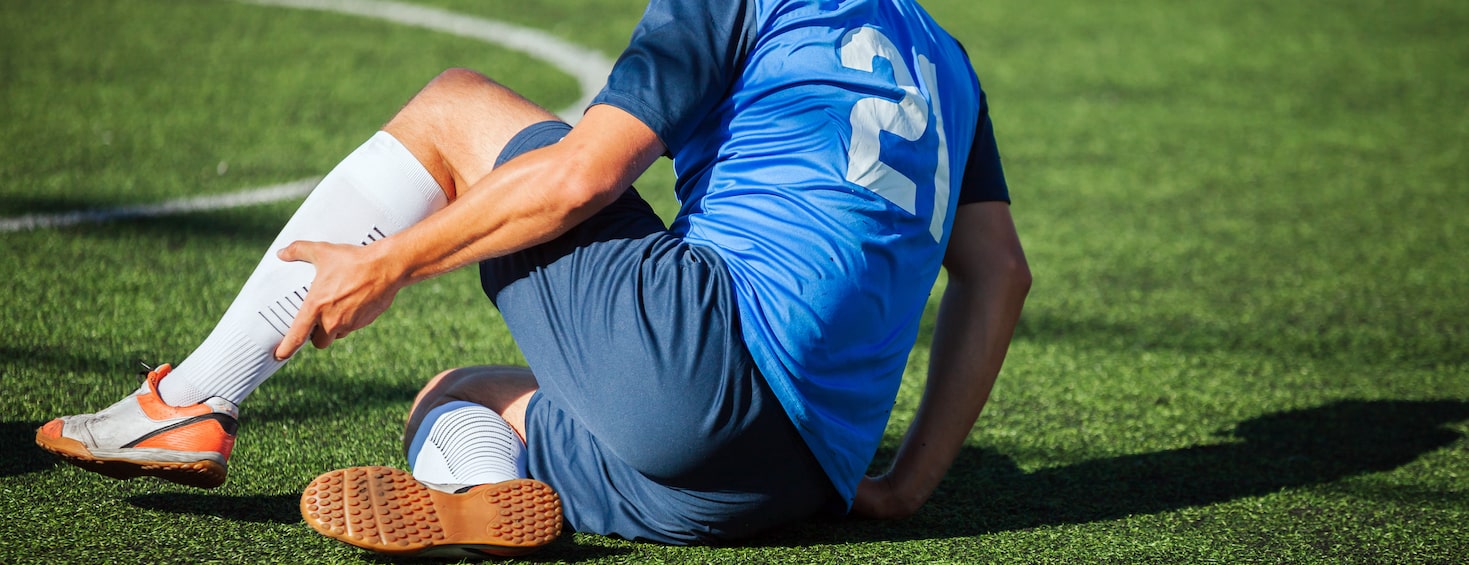
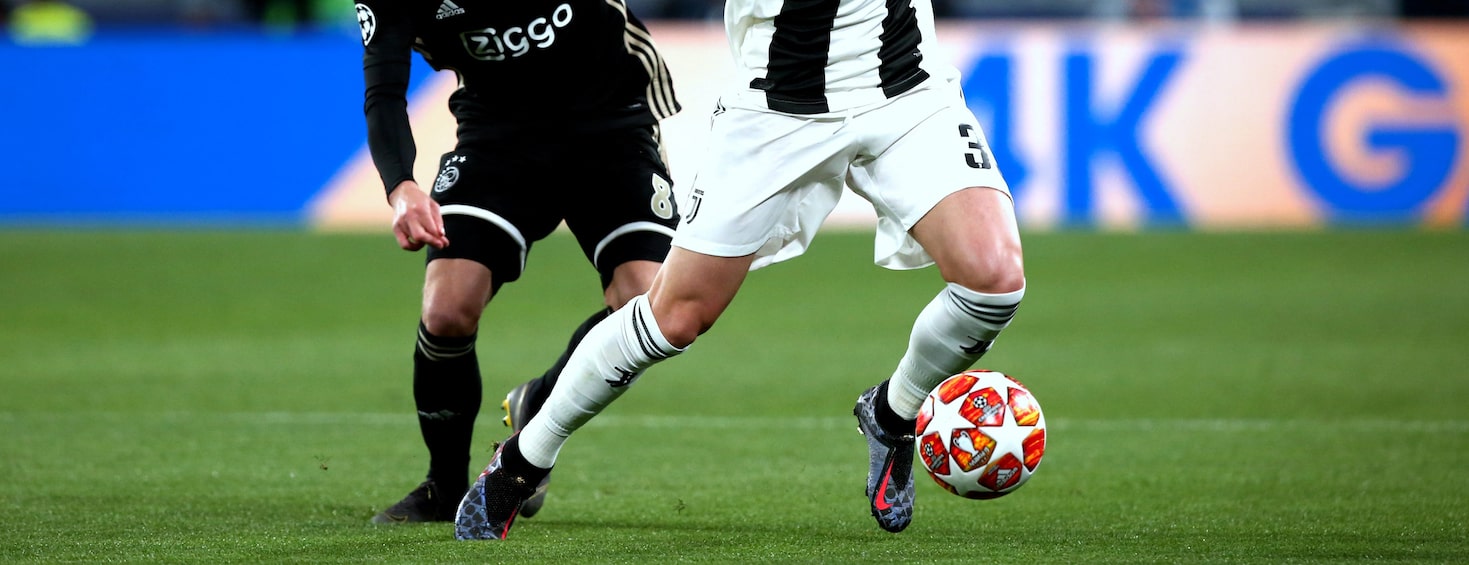
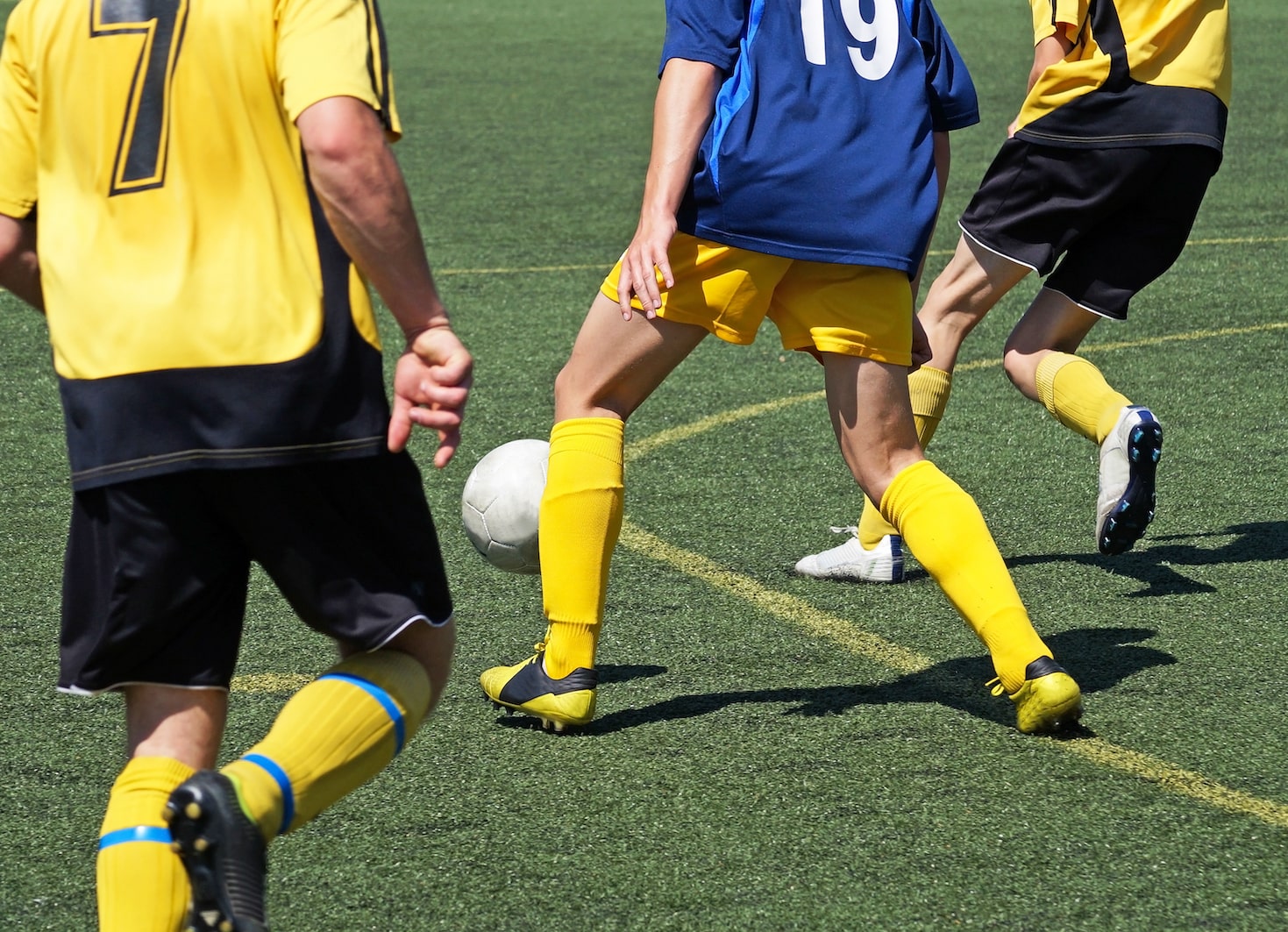
Cupello
UEFA B Coach, FA Level 3, FA Youth Modules 1, 2 and 3, Coerver Youth Diploma, SPAIN: Catalan Football Federation Smart Football, USA: United Soccer Coaches diploma. Sports journalist for the Sunday Mirror published author of several volumes of coaching books & international lecturer on soccer.